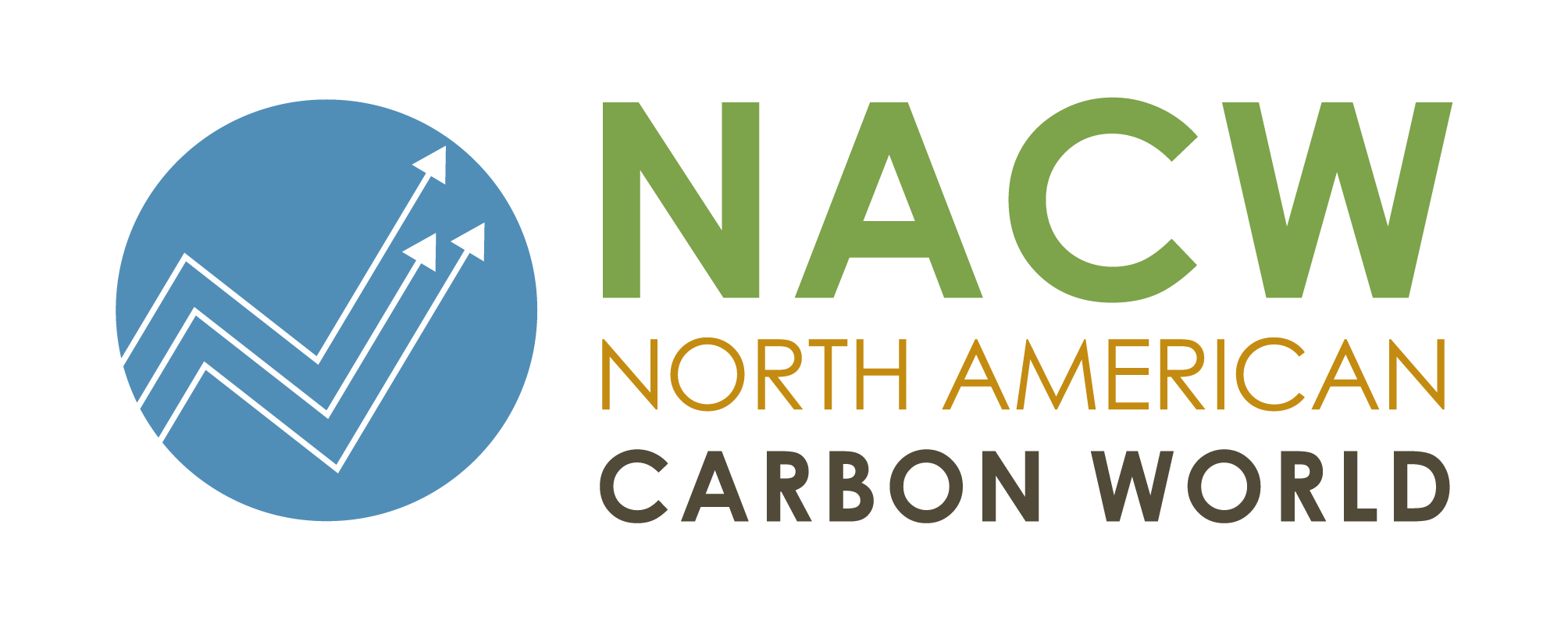Version 3.0 of the protocol aims to increase the scale of trusted emission reductions
LOS ANGELES, CA – The Climate Action Reserve Board of Directors adopted version 3.0 of the US Nitric Acid Production Protocol, which provides guidance to account for, report and verify GHG emission reductions achieved from the abatement of nitrous oxide (N2O) at nitric acid production plants. This version of the protocol introduces updates that allow the plants to reduce a larger percentage of N2O emissions at a decreased cost to achieve those reductions.
“When considering impactful climate solutions, the industrial sector should be a prime target. Because nitric acid plants produce such a tremendous volume of industrial gases and those gases have global warming potential hundreds of times greater than CO2, the abatement of those gases presents significant opportunities for addressing climate and environmental issues. The Climate Action Reserve has been a leader in high integrity emission reductions in this sector and is proud to continue on with this role,” said Linda Adams, Chair of the Climate Action Reserve Board of Directors.
The US Nitric Acid Production Protocol was originally adopted by the Reserve Board of Directors in 2009. Since then, the Reserve has issued over 21 million credits, known as Climate Reserve Tonnes (CRTs), for the abatement of N2O, which is a byproduct of nitric acid production. The credits are equivalent to GHG emissions produced from more than 4.8 million gas-powered vehicles driven over one year.
Since the adoption of version 1.0 of the protocol, multiple industry stakeholders requested that the protocol consider combined secondary and tertiary projects. This is the installation of a smaller, less complex tertiary abatement unit that destroys N2O at a different point in the production process and works with the secondary abatement unit already in place. Version 3.0 of the protocol allows for this combination as a third project type, which enables nitric acid plants to achieve 99 percent abatement efficiency at a lower cost. The new protocol version also includes updates addressing eligibility rules, quantifying emission reductions and reporting parameters. Version 3.0 of the protocol was developed with technical support from ClimeCo Corporation.
“The Climate Action Reserve actively engages diverse stakeholders to ensure we are incorporating industry-specific practices. This enables us to update protocols that yield the most climate impact at a level of high integrity. Version 3.0 of the US Nitric Acid Production Protocol is a prime example of this,” said Kristen Gorguinpour, VP Programs, Climate Action Reserve.
To learn more about the US Nitric Acid Production Protocol and other Reserve protocols, please visit: https://climateactionreserve.org/how/protocols/.
###
The Climate Action Reserve is the most trusted, efficient, and experienced offset registry for global carbon markets. A pioneer in carbon accounting, the Reserve promotes and fosters thenreduction of greenhouse gas (GHG) emissions through credible market-based policies and solutions. As a high-quality offset registry for voluntary carbon markets, it establishes rigorous standards involving multi-sector stakeholder workgroup development and local engagement and issues carbon credits in a transparent and publicly available system. The organization also supports compliance carbon markets in California, Washington and internationally. The Reserve is an environmental nonprofit organization operating virtually with staff located around the world with a support office in Los Angeles, California. For more information, please visit www.climateactionreserve.org. The Climate Action Reserve is an equal opportunity provider.





Comments are closed here.